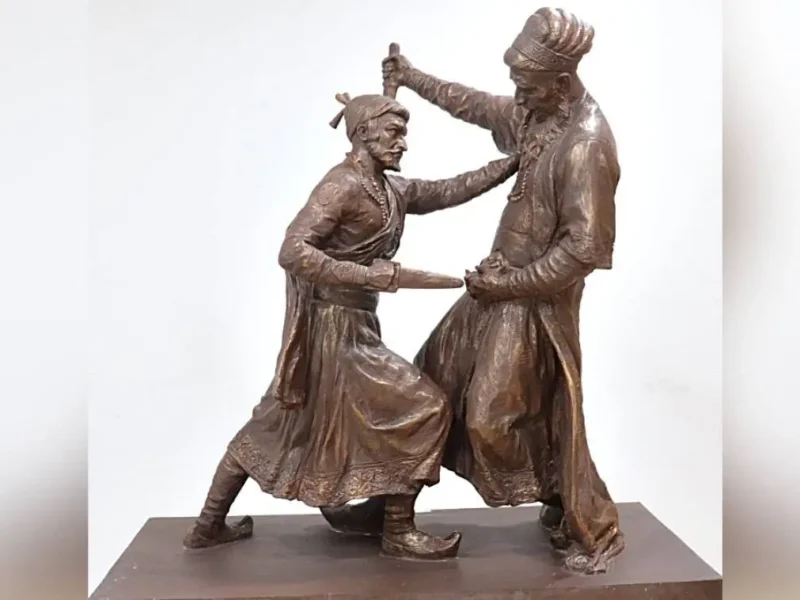
Southern Groups Genetically Closer To Northwest India: Study
HYDERABAD, (IANS) – A recent study conducted by a team of researchers led by Dr. Kumarasamy Thangaraj, a J.C. Bose Fellow at CSIR-Centre for Cellular and Molecular Biology, has revealed that population groups such as Nairs and Thiyyas from the southwest coast of India share a closer genetic affinity with populations in northwest India.
The study concludes that Nairs, Thiyyas, Ezhavas from Kerala, and Bunts and Hoysalas from Karnataka exhibit a genetic closeness to northwest Indian populations. The findings of this genetic study were recently published in the journal Genome Biology and Evolution.
The southwest coast of India is characterized by high genetic and cultural diversity, shaped by millennia of migration, settlements, and the mixing of human populations. Previous studies in this region have highlighted a rich genetic heritage, including contributions from Jews, Parsis, and Roman Catholics. However, a significant population group in the region, historically associated with warrior or feudal roles, has had a debatable genetic history. Historians and written records have linked them to migrants from Ahichhatra in the Gangetic plain, while others connect them to Indo-Scythian clan migrants from northwest India.
The genetic study analyzed the DNA of 213 individuals from traditional warrior and feudal lord communities on the southwest coast. The researchers examined genome-wide autosomal markers and maternally inherited mitochondrial DNA markers, comparing the results with ancient and contemporary Eurasian populations spanning the Bronze Age to the present day.
Dr. Thangaraj explained that the genetic study revealed a shared ancestry between the Nair and Thiyya warrior communities and ancient migrants from northwest India, with an increased Iranian ancestry similar to Kamboj and Gujjar populations. The analysis of the maternal genome indicated a higher distribution of West Eurasian mitochondrial lineages, suggesting female-mediated migration, unlike more recent migrant groups such as Siddis.
Dr. Lomous Kumar, the first author of the study, emphasized that their machine-learning based study suggests migration of these groups from northwest to central India to the southwest coast during the late Bronze Age or possibly the Iron Age. The study implies that the southwest coastal groups represent remnants of very early migrations from northwest India, following a route from the Godavari basin to Karnataka and Kerala, according to CCMB Director Dr. Vinay K. Nandicoori.




